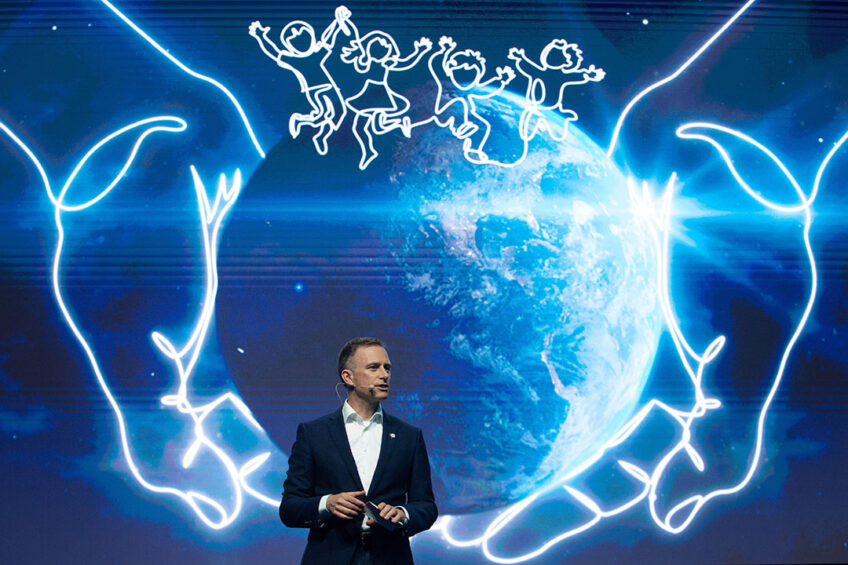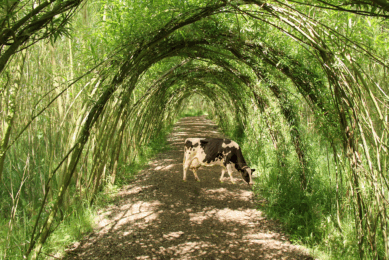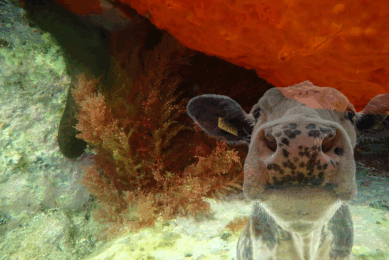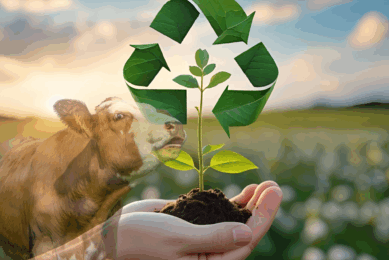‘Good for me good for the planet’

By 2050 it is expected that there will be 10 billion people living on this little planet of ours and it is up to the agricultural sector to meet the challenge of feeding them. But at what cost? Ivo Lansbergen, Executive VP, at dsm-firmenich, opened the World Nutrition Forum in Cancun on May 9th with the message “Good for me, good for the planet”.
Lansbergen began by saying that the agricultural sector is going through both challenging and exciting times. He believes we are living in a polycrisis – multiple crises happening simultaneously.
He outlined these crises as being:
- Health: There are 2 issues here. There is the human health crisis – the world may be out of the covid 19 pandemic but we are all still living with the consequences, health and economic. But also within the livestock sector – there has been an increase in the frequency of diseases popping-up. In fact avian influenza has been around all-year-round, which is exceptional.
- Geopolitical: Russia’s invasion of Ukraine, and the impact that is having for both food/feed security and energy costs.
- The silent crisis: 800 million people do not have access to nutritious food every day
- Climate change: With record temperatures all over the world causing droughts and flooding.
Lansbergen believes climate change is the overarching crisis. “This will have a huge impact on all of us, both in our private and business lives. And what we do now will impact our children, they will either reap the benefits or pay the price.”
How can the industry produce affordable proteins, enough to feed the world, while also making it financially viable for their businesses.
The protein dilemma
In 2050, it is expected that the world population will be 10 billion, compared to the current 8 billion. And those 10 billion will all need to be fed. Currently 40% of the world’s landmass is being used for agricultural purposes. But to be able to feed the world in 2050 that needs to increase to 50%. And the only way to increase the landmass is deforestation, which is not a viable option. This is the protein dilemma for the industry, he said. “How can the industry produce affordable proteins, enough to feed the world, while also making it financially viable for their businesses. And on top of that, at a low cost to the planet. But how are we going to achieve this?”
The answer is in data
Lansbergen is convinced data that is the answer. First he believes we need to continue with the innovations currently in play, for example enzymes. But also transparency, and this transparency should be based on data.
Through the use of data the animal value chain can be audited and traced. Suppliers can be compared with suppliers, farmers with farmers and producers with producers. The building and sharing of knowledge could accelerate this journey of sustainability.
Rewarded for efforts made
Lansbergen stressed that in this journey we take together efforts need to be rewarded. Take farmers for example, they need to get a decent price for their products, get recognition for their efforts and get financial support from institutions.
“Consumers still want affordability and quality but they also want to know the eco impact of what they buy. They want to know that the product is good for them but also good for the planet. And that, Lansbergen believes, will be the driving force for the future.”
Click here for more videos from the Future Feed Talks series











